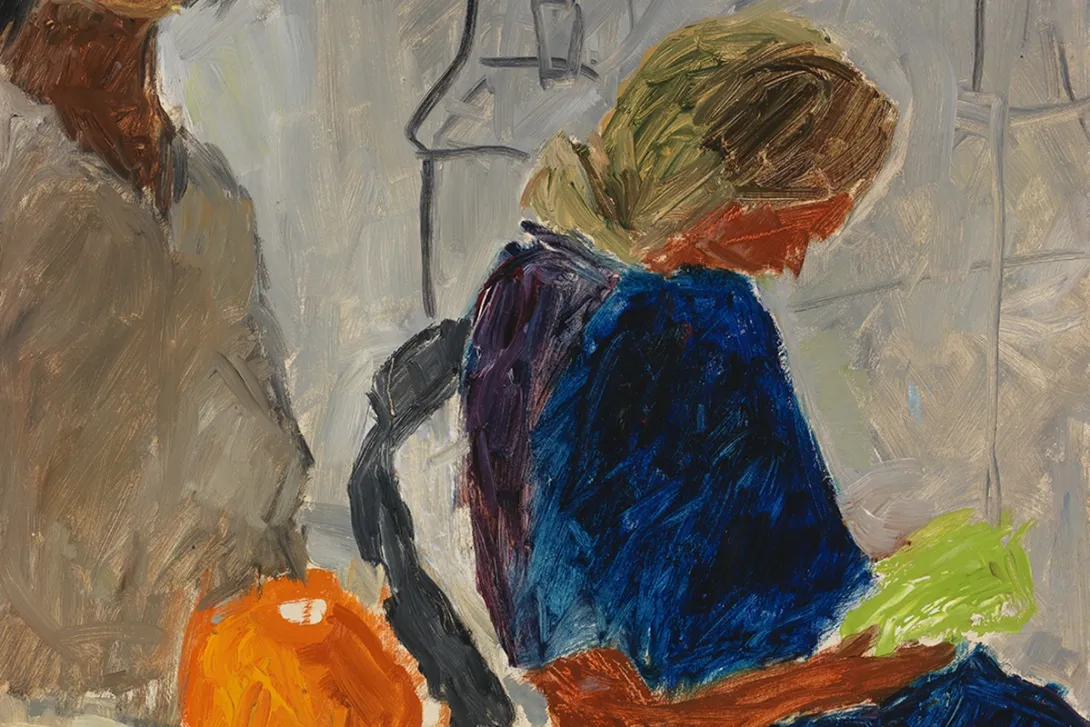Anniversary Exhibition Free 90 | HAM

Painting has always held a self-evident place in art history as an expression of the timelessness of human existence — a mirror reflecting the poetic nature of our soul and imagination. Despite the persistent predictions in recent art history about the death of painting, this has not come to pass. The claim has turned out to be merely a metaphor: not the literal death of painting, but rather the end of painting in the traditional sense. And even this has not happened. The essence of contemporary painting lies precisely in its visual language and the diversity of its expression.
What, then, is the secret behind painting’s persistent will to live? Most likely, it is its strong commitment to its own idea — to be something authentic, pure, and autonomous. This notion has its roots in the Renaissance, when painting was granted the privilege and status of belonging to the “fine arts” due to its ability to engage with the imaginary and to render its subject immaterial. This gave it the potential to depict more ideal forms than other art forms — as Leonardo da Vinci also wrote in his treatise. From this mindset, abstract painting and its faith in the visual were born.
Another survival strategy of painting has been its tradition, which emphasizes a phenomenological return to its roots — to sensuous perception — and thereby seeks to preserve what has been lost in the pursuit of ever-new modes of expression. The Free Art School follows precisely this tradition. Painting becomes a path to open seeing, to developing emotion through perception, to discovering the play of light and colour in nature, and to mastering visual poetry. In the painterly sense, “seeing” means that we must learn to let go of our assumptions about being able to see what we want to “see.” In other words, vision must become experience. Perception is the foundation for recognizing colour and light as they present themselves to the eye, but only the experience it evokes is the true way to approach painting.
The model of an art school known as the “free academy” was created in France in the early 19th century, when painting began to break away from codified academic conventions and developed its own means of expression — with a focus on sensory experience and colour optics. Such a school was the Free Art School when it was founded in 1935. Initially, teaching was based solely on drawing and painting from the model. Later, composition was added — both from life and in purely abstract form — and in 1971 the school became a multi-year professional art education institution.
It can be justifiably said that the Free Art School has played a vital role in Finnish art by increasing awareness of international artistic movements and presenting them to Finnish audiences. Notable examples include French colour painting, European abstract painting of the 1950s and ’60s, and the precisely structured American colour field painting of the 1970s and ’80s.
Carolus Enckell, painter